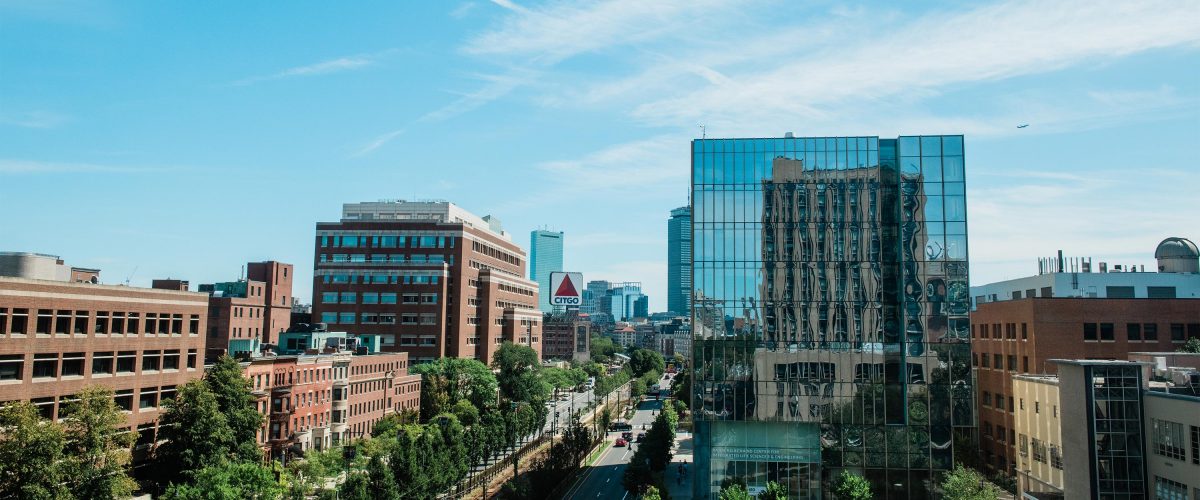- Starts: 10:00 am on Monday, December 4, 2017
- Ends: 12:00 pm on Monday, December 4, 2017
Title: Algorithms for Enhanced Artifact Reduction and Material Recognition in Computed Tomography
Presenter: Parisa Babaheidarian
Date: 12/04/2017
Time: 10 am -12 pm
Location: PHO339
Chair: Anna Swan (ECE, Physics, MSE)
Advisor: Prof. David Castañón (ECE)
Committee: Clem Karl (ECE), Janusz Konrad (ECE), Prof. Yannis Paschalidis, (ECE, BME, SE)
Abstract:
Computed tomography (CT) imaging provides a non-destructive means to examine the interior of an object which is a valuable tool in medical and security applications.
The variety of materials seen in the security application is higher than in the medical applications. Also, factors such as clutter, presence of dense objects, and closely
placed items in a bag or a parcel add to the difficulty of the image recognition task in security applications. Metal and dense objects create image artifacts which
degrade the image quality and deteriorate the recognition accuracy. Conventional CT machines scan the object using single source or dual source
spectra and reconstruct the effective linear attenuation coefficient of voxels in the image which usually does not provide the sufficient information to identify
the occupying material.
In this dissertation, we provide algorithmic solutions to enhance the CT image recognition task. We provide a set of algorithms to accommodate different classes of CT machines.
First, we provide a metal artifact reduction algorithm for the conventional CT machines which perform the measurements using single source spectrum. Compared to the
previous methods, our algorithm is robust to severe metal artifacts and accurately reconstructs the regions that are in proximity to metal. Second, we propose a novel joint
segmentation and classification algorithm for dual-energy CT machines which extends the prior work to capture the spatially correlated models. We show that the classification
performance of our method surpasses the prior work's result.
Third, we propose a new framework for reconstruction and classification using a new class of CT machines known as spectral CT which has been recently developed.
Spectral CT uses multiple energy windows to scan the object and it provides a means to capture data across higher energy dimensions. Our reconstruction algorithm extracts
essential features from the measured data by using spectral decomposition. We explore the effect of using different transforms in performing the measurement decomposition
and we offer a new basis transform which encapsulates the sufficient information of the data and provides high classification accuracy. Furthermore, we extend our framework
to perform the task of explosive detection. We show that our framework achieves high detection accuracy and it is robust to noise and variations. Lastly, we propose a combined
algorithm for spectral CT, which jointly reconstructs images and labels each region in the image. We offer a tractable optimization method to solve the proposed discrete tomography
problem. We show that our method outperforms the prior work in terms of both reconstruction quality and classification accuracy.
- Location:
- 8 Saint Mary's St. Boston, MA Room 339
- Hosting Professor
- Anna Swan
